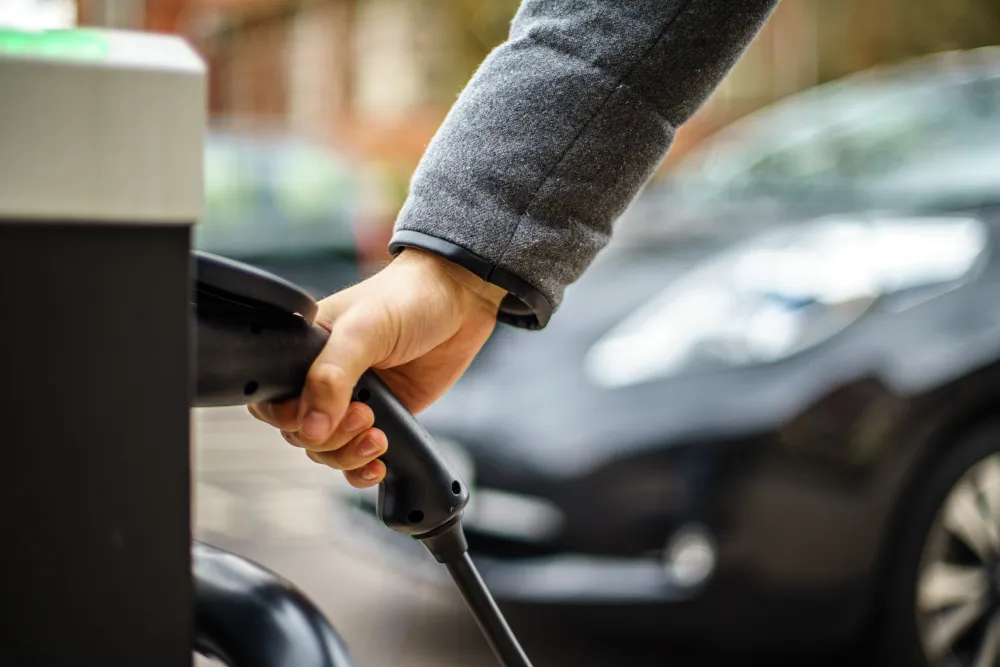New truck cab designs should make it easier for drivers to spot pedestrians and cyclists, thanks to draft rule changes backed by the EU Parliament. Other changes would enable designers to exceed current maximum weight and length limits in order to fit alternative-fuel engines and to streamline cabs to cut emissions.
The draft rules would allow truck cabins to be made longer if designed to cut emissions, such as by improving aerodynamics; or to prevent accidents, by reducing blind spots or making the cab
April 17, 2014
Read time: 2 mins
New truck cab designs should make it easier for drivers to spot pedestrians and cyclists, thanks to draft rule changes backed by the EU Parliament. Other changes would enable designers to exceed current maximum weight and length limits in order to fit alternative-fuel engines and to streamline cabs to cut emissions.
The draft rules would allow truck cabins to be made longer if designed to cut emissions, such as by improving aerodynamics; or to prevent accidents, by reducing blind spots or making the cab more rounded to push people clear.
Aerodynamic flaps up to 50 cm wide would be allowed at the rear of the truck to reduce drag and emissions. To encourage the use of less polluting motors, many of which are heavier and hence less commercially attractive than traditional ones, trucks and buses with low-carbon alternatives could exceed the current maximum weight by up to one tonne, depending on the weight of the alternative system.
The draft rules would also allow trucks for use in combined road-rail or road-ship transport operations to be made 15 cm longer, to make it easier to load standard 45-foot containers.
"The draft rules would allow designers to put better trucks on the road that improve road safety and reduce environmental damage. On the issue of ‘megatrucks’ Parliament has always asked the1690 European Commission for a proper impact assessment. By deleting the parts of the legislative proposal on cross-border circulation for longer vehicles, we reinforce this position. The Commission will be asked to review the situation and report back to the Parliament and the Council by 2016", said lead MEP Jörg Leichtfried).
The draft rules would allow truck cabins to be made longer if designed to cut emissions, such as by improving aerodynamics; or to prevent accidents, by reducing blind spots or making the cab more rounded to push people clear.
Aerodynamic flaps up to 50 cm wide would be allowed at the rear of the truck to reduce drag and emissions. To encourage the use of less polluting motors, many of which are heavier and hence less commercially attractive than traditional ones, trucks and buses with low-carbon alternatives could exceed the current maximum weight by up to one tonne, depending on the weight of the alternative system.
The draft rules would also allow trucks for use in combined road-rail or road-ship transport operations to be made 15 cm longer, to make it easier to load standard 45-foot containers.
"The draft rules would allow designers to put better trucks on the road that improve road safety and reduce environmental damage. On the issue of ‘megatrucks’ Parliament has always asked the









